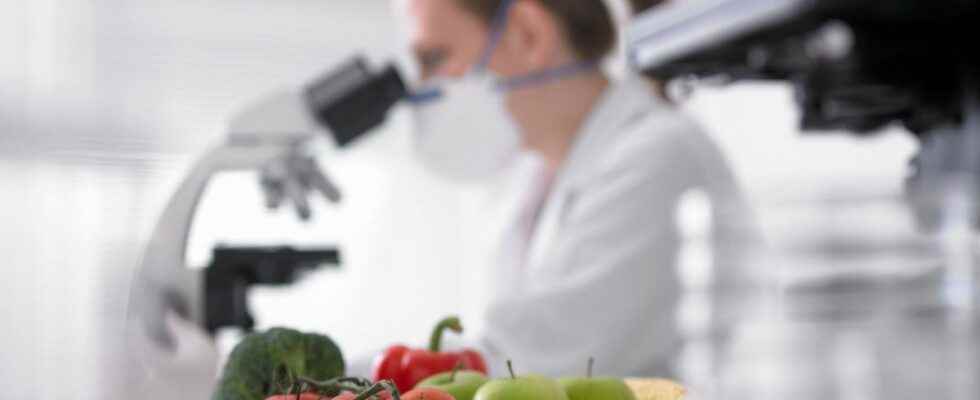Published on
Updated
Reading 3 mins.
After genetically modified organisms (GMOs), here are genetically modified foods (AGMs)! They were developed by researchers in Japan, who succeeded in boosting the presence of an amino acid with relaxing properties, contained in the genome of a tomato. The same feat was achieved in the laboratory on sea bream. Both products are now available for sale.
What if your “tomato-mozzarella” not only gave you a pure moment of indulgence, but also allowed you to be relaxed? This is probably a fantastic solution to try to control your anxiety… and yet.
However, Japanese scientists are counting on a gamma-aminobutyric acid, which is more easily nicknamed GABA, to reduce the pressure at mealtimes. A Tokyo company strongly believes in the virtues of this neurotransmitter found in the cortex.
But it’s not just in mammals. It is also found naturally in soybeans, black tea, nuts, cocoa and tomatoes.
Intervention on the genetic composition of the food
The whole object of research has therefore been to stimulate the production of this gaba amino acid in order to obtain more of it from food. The tomato was thus chosen by researchers at the University of Tsukuba for these experiments.
Using a genetic editing technique, called CRISPR-Cas9, the scientists managed to increase the presence of GABA by intervening directly on the tomato genome. We are therefore not talking here of injecting an external element into the cells of the fruit-vegetable, but of intervening at the level of its genetic composition, which makes it a “genetically modified food”, or AGM.
Same technique on sea bream
This tomato of a new kind was launched by the company Sanatech Seed. The seeds were first tested by Japanese home gardeners. In a press release, the Tokyo company announced the success of this launch, which decided it to move on to marketing its find. Sanatech Seed is also working on the launch of a tomato puree of the same kind.
The tomato is not the only genetically modified food. A start-up from Kyoto has also increased the muscle mass of sea bream using the same technique of genetic modification.
Foods authorized for sale
The Japanese government has granted its authorization for the sale of these two food products. Research in the field continues. Fugu, the famous puffer fish for which you must have a certificate to serve it in a restaurant on the Japanese archipelago because of its toxic nature (poorly cooked, it can be fatal!) is the latest guinea pig of this technique of genetic editing. In this case, the scientists sought to oust the genes that control appetite so that the specimen gained more weight.
NO to diets, YES to WW!
Soon in Europe?
Will these genetically modified foods ever be sold to Europeans? Considered as GMOs, they must each be submitted to the control of the European Union to obtain authorization to be imported. According to Greenpeace, “‘there are only a few products in Europe that directly contain GMOs and are labeled as such (barbecue sauce, oils, marshmallows, etc.) […] we consume it every day indirectly through animal products: meat, eggs, cheese and milk… Indeed, all animals can be fed with food potentially containing GMOs…”
For the moment in France, the regulations on GMOs are overseen by the Ministry of Agriculture and Food. We learn on the ministry’s website “that a hundred GMOs and/or their derived products are authorized for import and use in human and animal food”. But, the article states,these authorizations relate to corn, soya, rapeseed, cotton and sugar beet” and “they do not allow the cultivation of the corresponding GMOs”. No regulatory change is currently on the agenda for these genetically modified foods, therefore.
